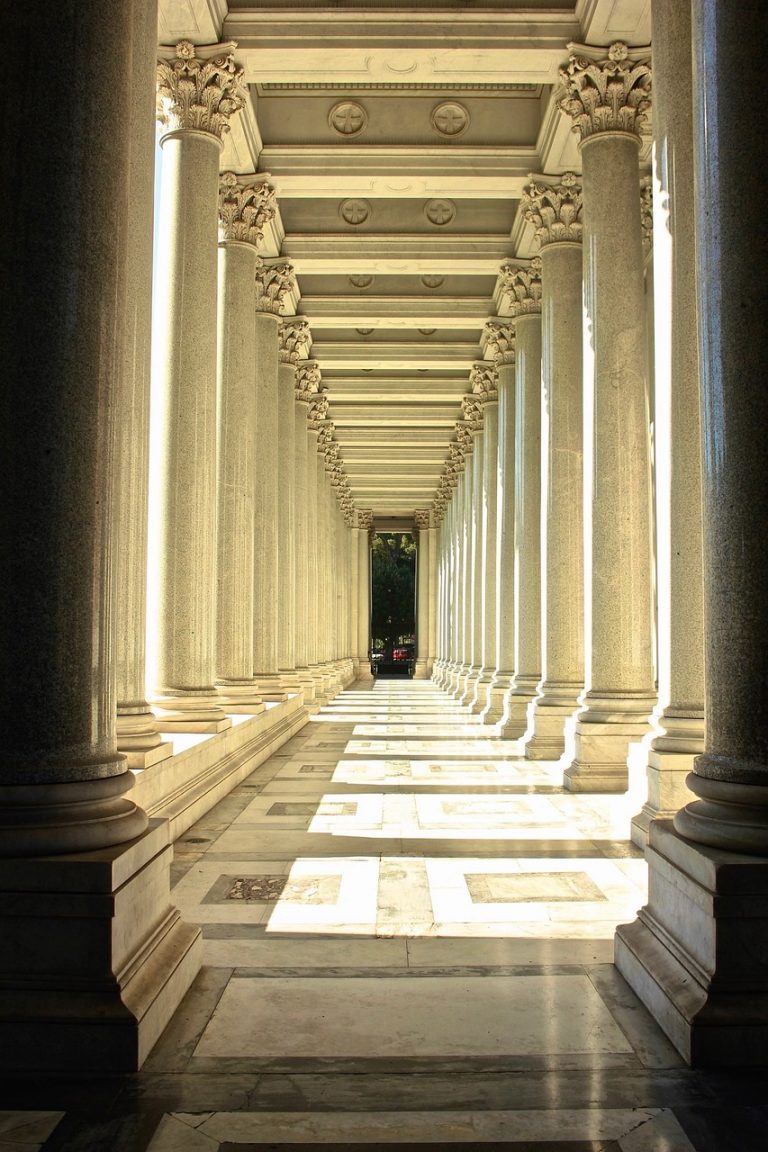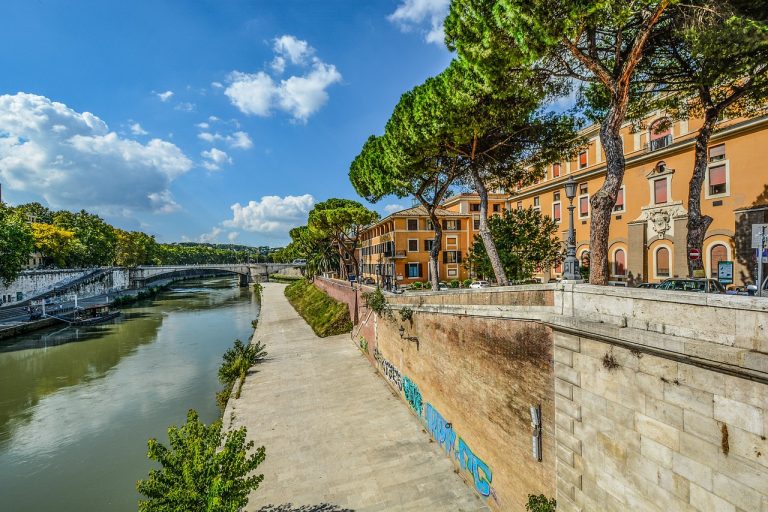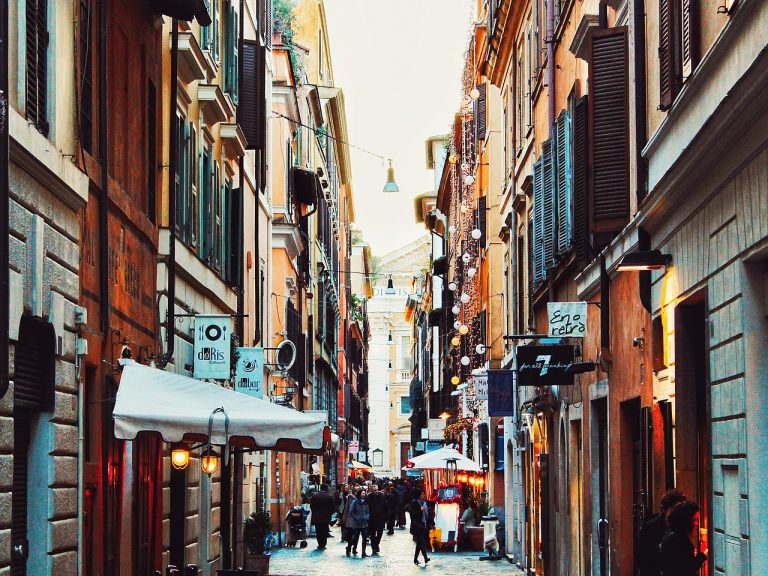Rome Italy Video
Architectural Wonders: Iconic Buildings in Rome Italy
Rome, the capital city of Italy, is a treasure trove of architectural wonders. From ancient Roman structures to Renaissance masterpieces, the city is a living testament to the rich history and artistic brilliance of Italy. In this article, we will explore some of the most iconic buildings in Rome, each showcasing unique architectural styles and captivating stories.
Colosseum
- Keywords: Colosseum, ancient Roman, amphitheater
The Colosseum is perhaps the most famous landmark in Rome and a symbol of the ancient Roman Empire. This massive amphitheater was built in 70-80 AD and could hold up to 50,000 spectators. The grand structure is an architectural marvel, featuring a complex system of arches and vaults. It was primarily used for gladiatorial contests, animal hunts, and other public spectacles.
Pantheon
- Keywords: Pantheon, Roman temple, dome
The Pantheon is a remarkable Roman temple that has stood the test of time. Built around 126 AD, it is renowned for its magnificent dome, which was the largest unreinforced concrete dome in the world for centuries. The temple’s design and construction methods remain an architectural marvel, and its interior is equally impressive, with intricate details and stunning marble surfaces.
Saint Peter’s Basilica
- Keywords: Saint Peter’s Basilica, Renaissance, Michelangelo
Saint Peter’s Basilica, located in Vatican City, is one of the most important Christian sites in the world. Designed by renowned architects, including Michelangelo, the basilica showcases the grandeur of Renaissance architecture. Its iconic dome dominates the city’s skyline, and the interior houses stunning artworks and religious relics, making it a pilgrimage site for believers and a marvel for architecture enthusiasts.
Rome Italy Image 1: 
Trevi Fountain
- Keywords: Trevi Fountain, Baroque, Neptune
The Trevi Fountain is a masterpiece of Baroque art and a popular tourist attraction. Completed in 1762, it depicts Neptune, the Roman god of the sea, surrounded by mythical creatures. The fountain’s intricate sculptures and flowing water create a mesmerizing sight. Legend has it that throwing a coin into the fountain ensures a return to Rome, making it a tradition for visitors to make a wish and toss a coin over their shoulder.
Piazza Navona
- Keywords: Piazza Navona, Baroque, Bernini
Piazza Navona is a vibrant square adorned with stunning Baroque architecture. Designed by renowned architect Bernini in the 17th century, the square features three beautiful fountains, the most famous being the Fountain of the Four Rivers. The oval-shaped square is surrounded by elegant palaces and bustling cafes, making it a popular spot for both locals and tourists.
Rome Italy Image 2: 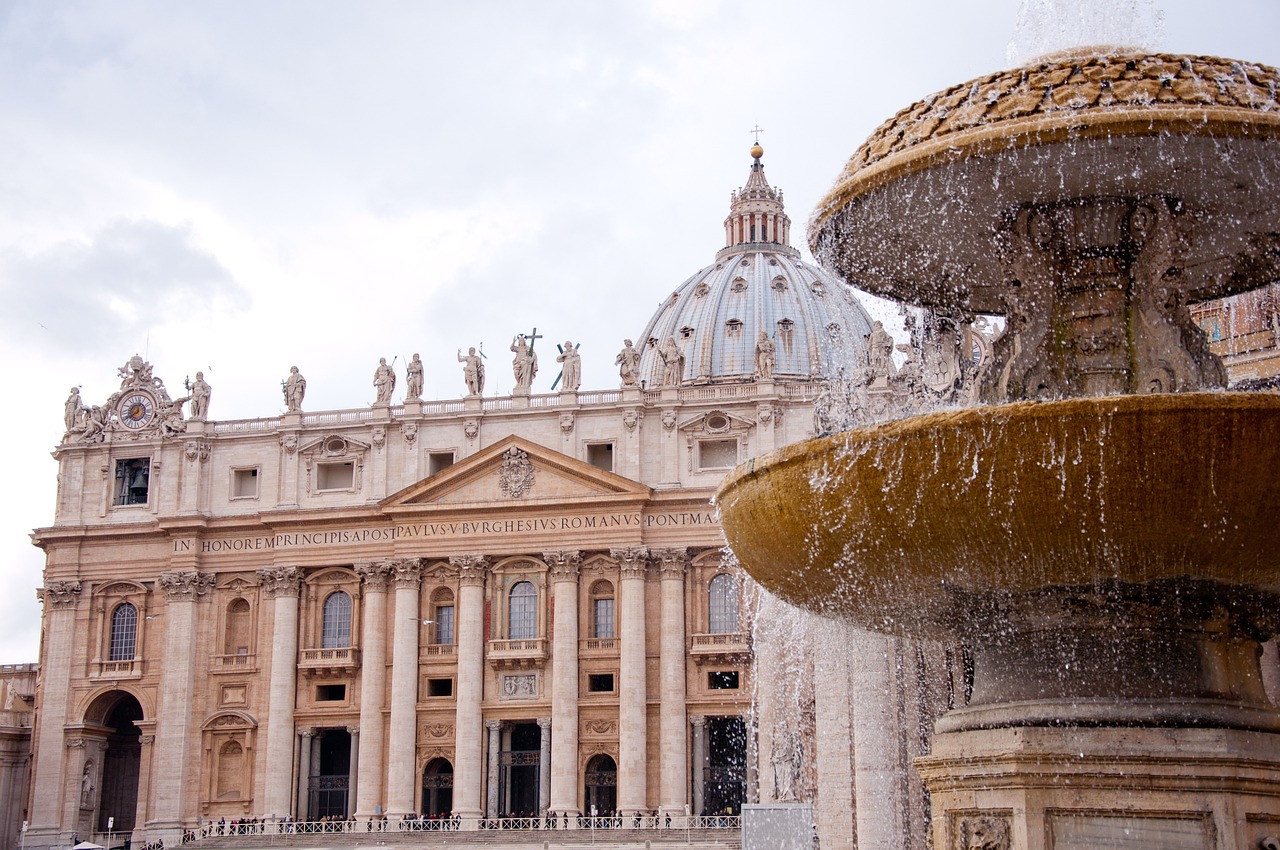
Roman Forum
- Keywords: Roman Forum, ancient Rome, ruins
The Roman Forum was the center of political, commercial, and social life in ancient Rome. Today, it stands as a sprawling archaeological site, showcasing the remnants of ancient temples, government buildings, and public spaces. Visitors can explore the ruins and imagine the grandeur of the Roman Empire that once thrived in this historical complex.
Spanish Steps
- Keywords: Spanish Steps, Baroque, Trinità dei Monti
The Spanish Steps is a famous staircase connecting Piazza di Spagna and the Trinità dei Monti church. Built in the 18th century, the steps are a popular gathering place for locals and tourists alike. The elegant design and picturesque setting make it an ideal spot to relax, people-watch, and enjoy the charming atmosphere of Rome.
Castel Sant’Angelo
- Keywords: Castel Sant’Angelo, fortress, Hadrian
Castel Sant’Angelo is a fortress located on the banks of the Tiber River. Originally built as a mausoleum for Emperor Hadrian in the 2nd century, it later served as a papal residence and a military stronghold. The castle’s imposing structure and strategic location make it a fascinating architectural marvel, with its underground passages and panoramic views of the city.
Rome Italy Image 3: 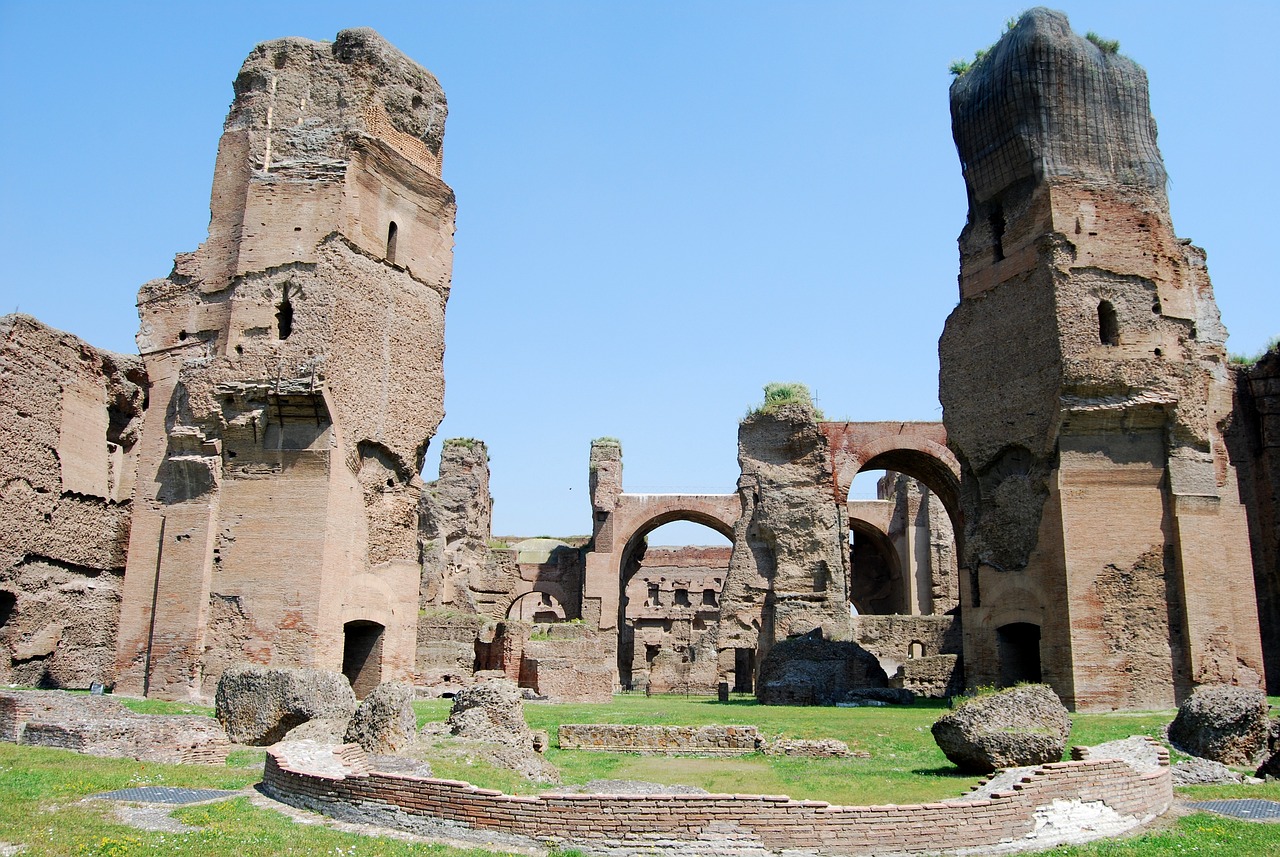
Altare della Patria
- Keywords: Altare della Patria, monument, Victor Emmanuel II
The Altare della Patria, also known as the Monumento Nazionale a Vittorio Emanuele II, is a colossal white marble monument dedicated to the first king of unified Italy. Built in the early 20th century, it is a striking example of neoclassical architecture. The monument’s grand staircase, statues, and panoramic terrace offer breathtaking views of Rome.
Circus Maximus
- Keywords: Circus Maximus, ancient Rome, chariot races
Circus Maximus was an ancient Roman chariot racing stadium and entertainment venue. With a seating capacity of approximately 250,000 spectators, it was the largest stadium in ancient Rome. Today, the site remains an open space, and visitors can explore the remnants of the track and imagine the excitement of the chariot races that once thrilled the crowds.
Conclusion
Rome is a city that seamlessly blends ancient history with modern vibrancy. Its iconic buildings stand as testament to the city’s rich architectural heritage and continue to inspire awe in visitors from around the world. From the grandeur of the Colosseum to the elegance of Saint Peter’s Basilica, each structure tells a story and reflects the artistic brilliance of its time.
References
- Petit Palace: petitpalace.co.uk



